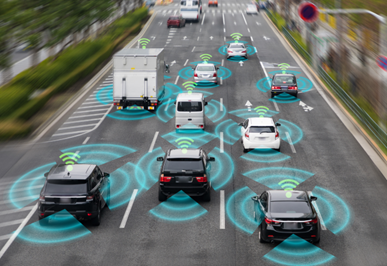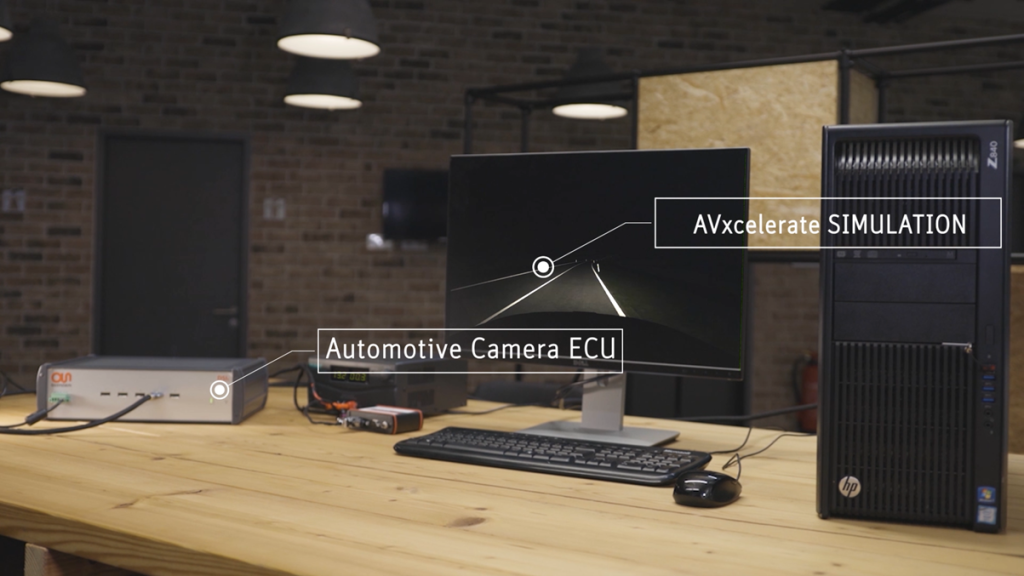

The automotive industry is undergoing a transformative shift towards autonomy, with Advanced Driver Assistance Systems (ADAS) and autonomous technologies at the forefront. Autonomous Features and Simulation are at the heart of today’s automotive innovation, enabling safer, smarter, and more efficient vehicles through advanced virtual development environments. These features are not only enhancing safety and convenience but are also becoming essential components in modern vehicles. To achieve higher levels of autonomy (Level 2+ and beyond), a comprehensive approach that includes both external and internal vehicle intelligence is crucial. Simulation tools like Ansys AVxcelerate are playing a pivotal role in this evolution, enabling efficient development, testing, and validation of complex systems.


The importance of testing and validation becomes even more prominent as the automotive industry adapts to stringent global safety standards and government regulations. From New Car Assessment Programs (NCAP) to IIHS (Insurance Institute for Highway Safety) ratings, vehicles must undergo complex testing scenarios to meet legal and commercial requirements. AVxcelerate helps OEMs virtually simulate these scenarios early in the development cycle—saving time, reducing physical testing costs, and improving coverage across edge cases.

Furthermore, regulatory frameworks like ISO 26262 (functional safety for road vehicles) and SOTIF (Safety of the Intended Functionality) place a growing emphasis on the verification and validation of perception algorithms. AVx facilitates this by providing a controlled and repeatable simulation environment to test perception software, ensuring its accuracy and robustness even in challenging or rare conditions. With the rise of autonomous functionalities, remaining compliant with such standards is no longer optional—it is essential to maintain market relevance and ensure public trust.

ZF integrated Ansys AVxcelerate Sensors into its Virtual Test Drive tool chain to create comprehensive sensor models for perception testing. This integration allowed ZF to simulate complex scenarios involving multiple vehicles, pedestrians, and challenging environmental conditions, leading to more robust ADAS development and reduced reliance on physical prototypes.
Ansys collaborated with Sony to improve perception system validation in ADAS and autonomous vehicles. By combining Ansys AVxcelerate Sensors with Sony’s high dynamic range (HDR) image sensor models, OEMs can test advanced driver assistance systems under diverse driving scenarios, including low light, nighttime, rain, snow, and fog, thereby enhancing safety validation and reducing development costs.


The journey towards fully autonomous vehicles is complex and multifaceted, requiring a harmonious integration of external and internal systems. Simulation tools like Ansys AVxcelerate are indispensable in this endeavor, providing the means to develop, test, and validate autonomous features efficiently and effectively. By embracing simulation-driven development, the automotive industry can accelerate innovation, ensure compliance with global safety standards, and build vehicles that meet the expectations of both regulators and consumers. The future of mobility is not just about automation—it’s about doing it safely, smartly, and sustainably. By leveraging Autonomous Features and Simulation, the automotive industry is not only accelerating the journey toward full autonomy but also ensuring that each step meets the highest standards of safety, reliability, and user trust.